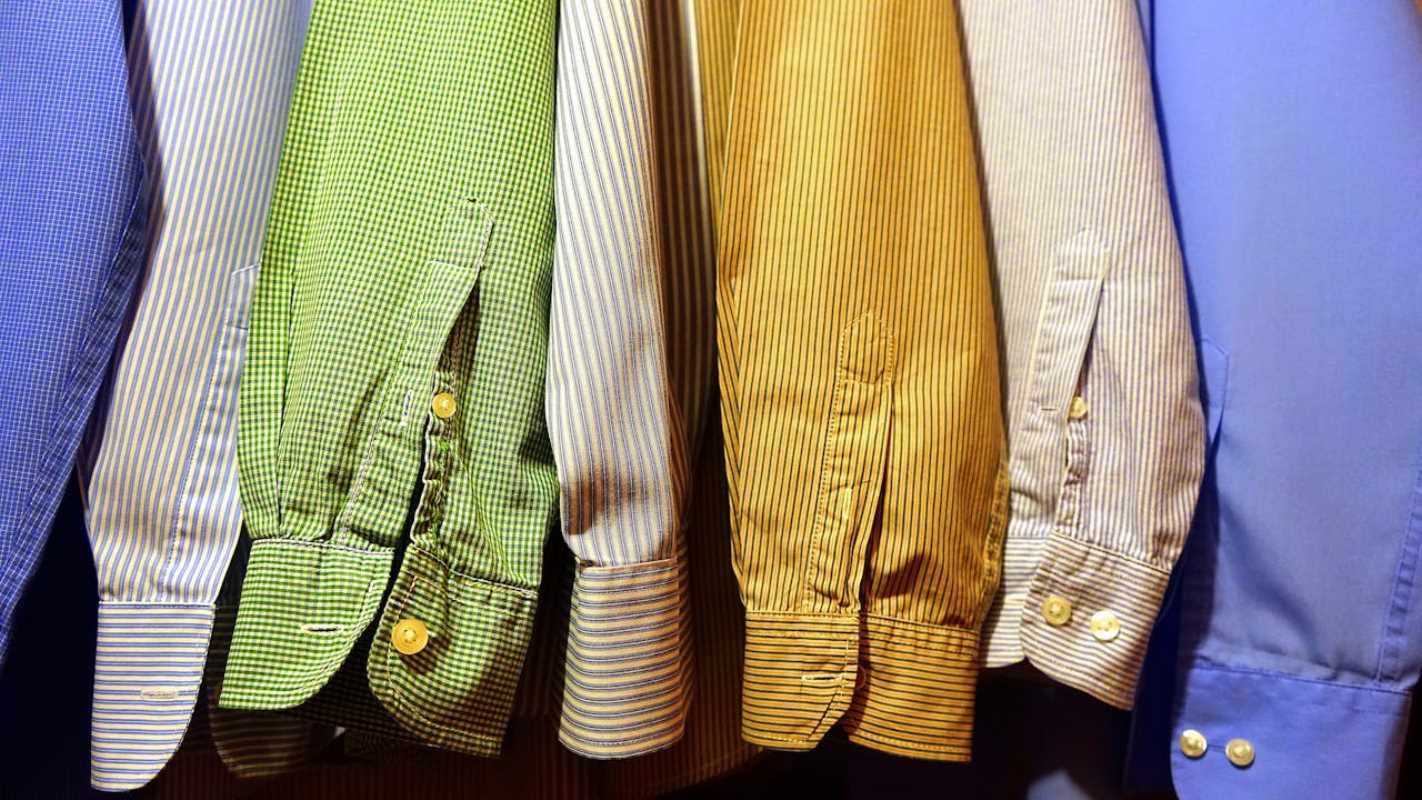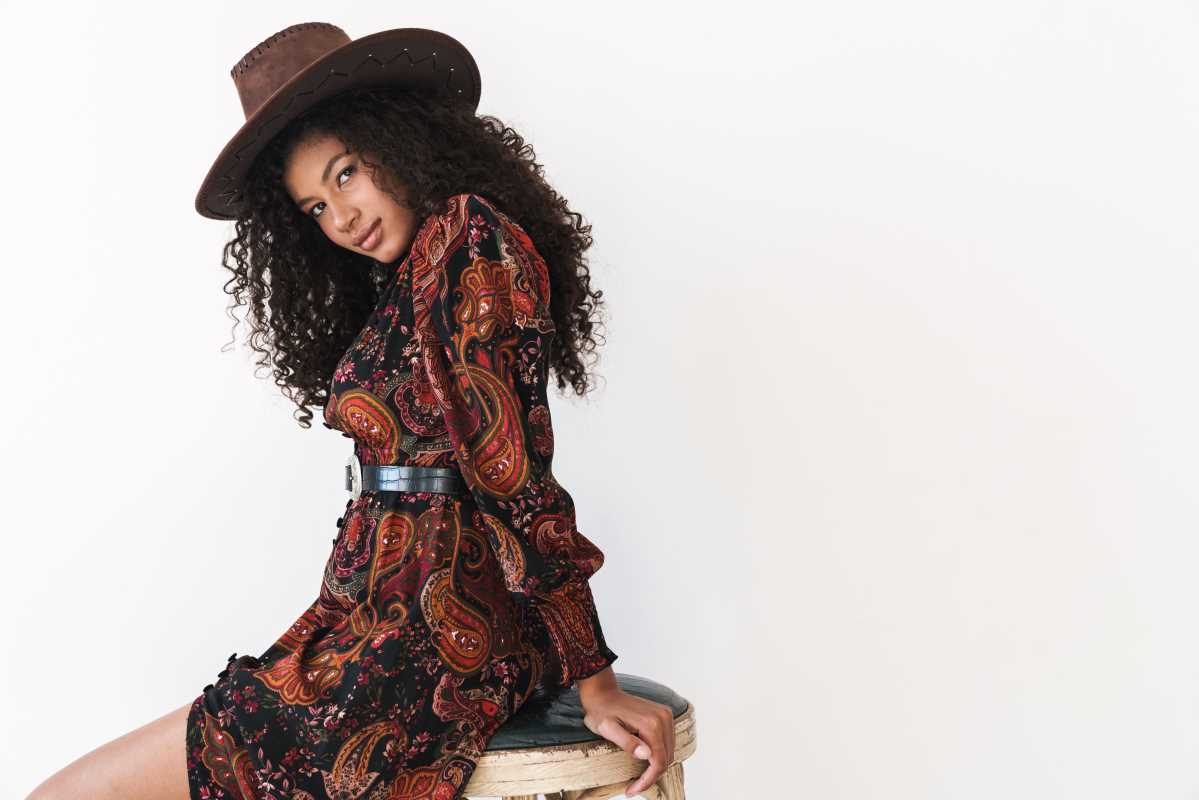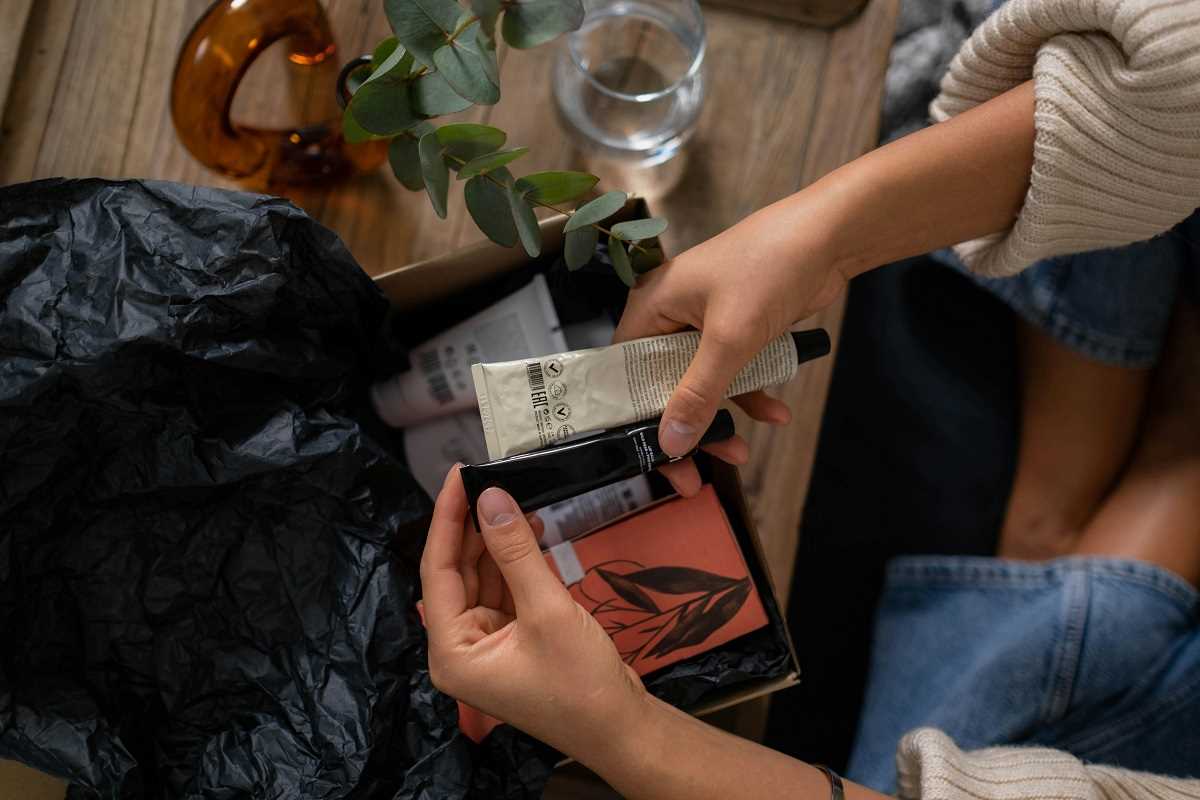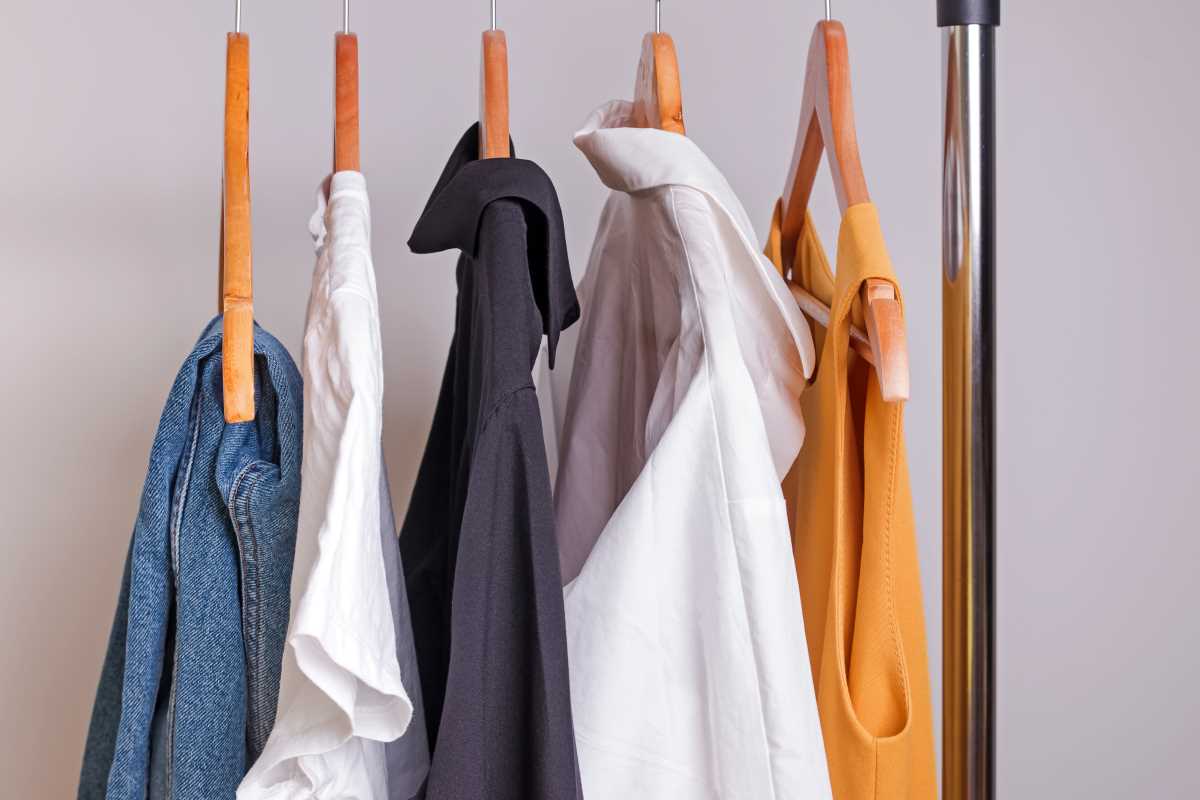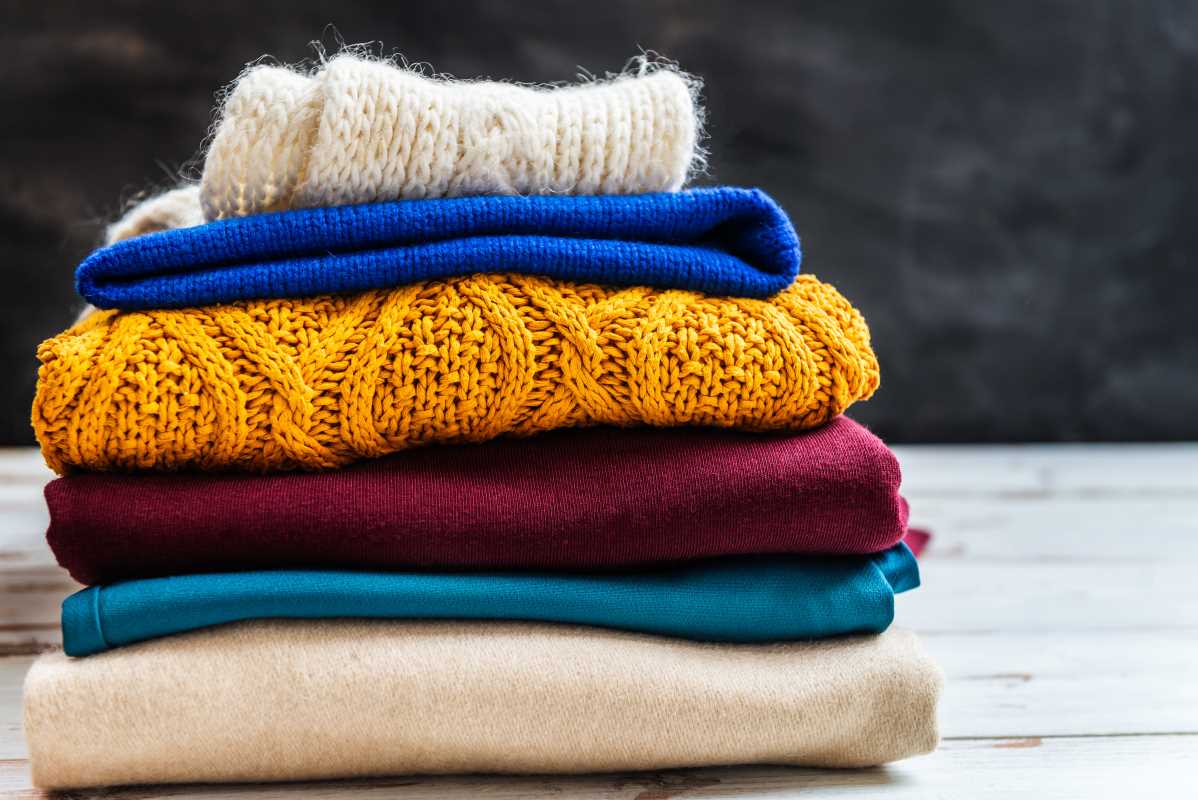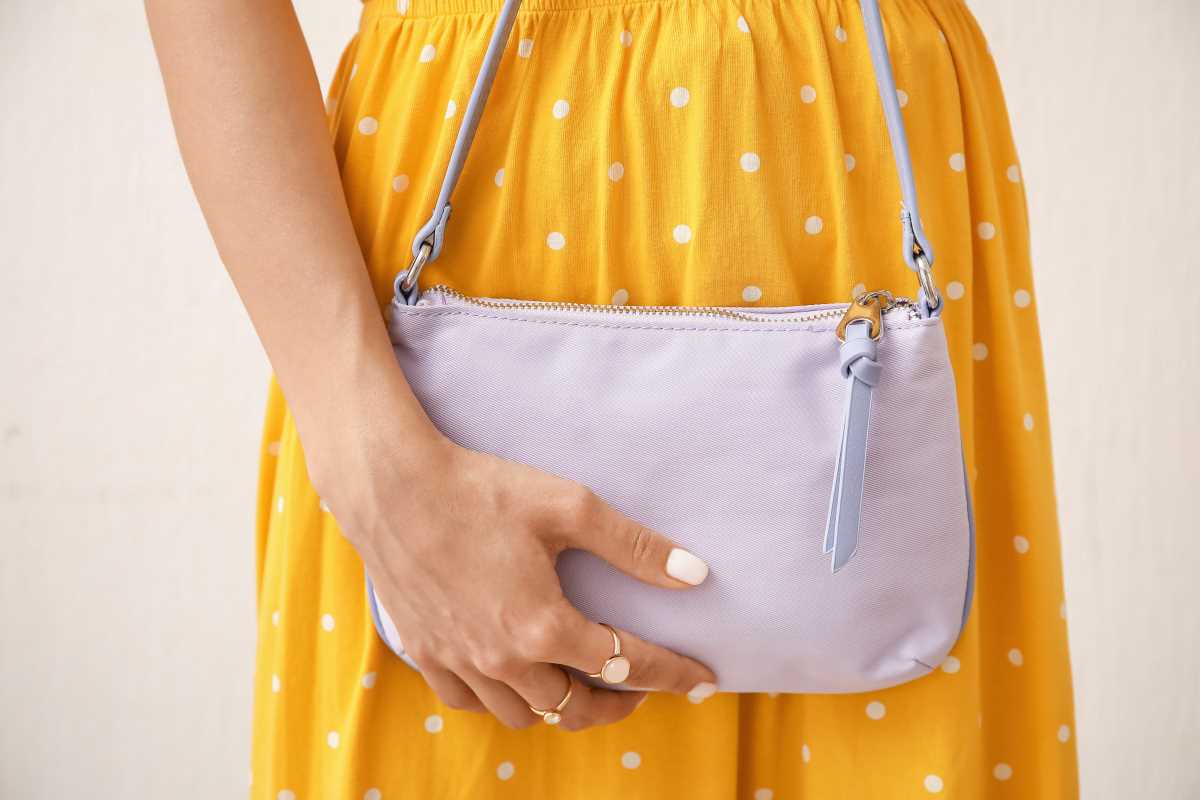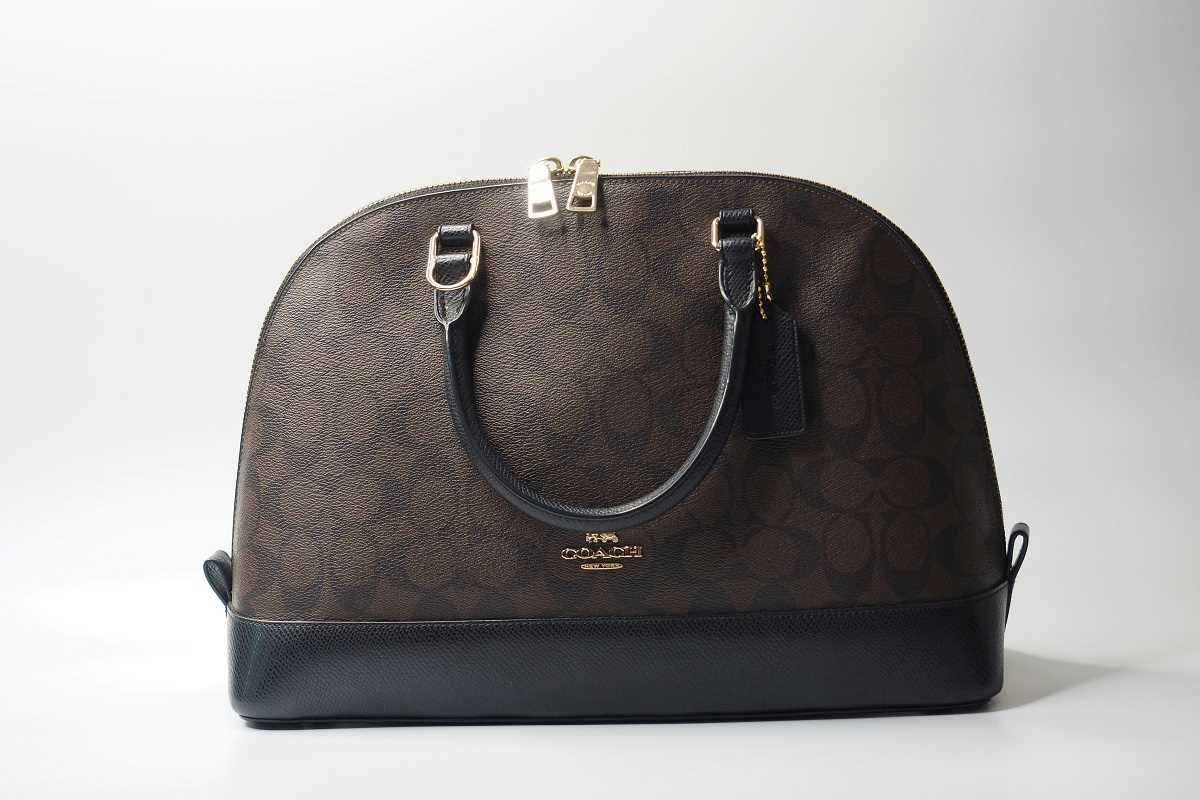When you picture the roaring 1920s, a few iconic images might come to mind—jazz music, extravagant parties, and, of course, flapper girls. Flapper fashion didn’t just redefine women’s style; it challenged societal norms and remains one of the most influential moments in fashion history. Even today, its elements can be seen in modern party wear, making it a trend that never truly went out of style.
This article will take you through the origins of flapper fashion, its key features, and how it continues to inspire today’s party wear.
The Origins of Flapper Fashion
Flapper fashion emerged in the 1920s, a period often referred to as the "Jazz Age." After World War I, women began to experience more independence. They were entering the workforce, enjoying newfound freedom, and challenging traditional roles. The flapper style became a symbol of this bold, modern woman who wasn’t afraid to break the rules.
The word "flapper" was originally slang for young women who were fashionable and rebellious. These women danced to jazz music, smoked in public, cut their hair into short bobs, and wore clothing considered daring for the time. Flapper fashion reflected not just a change in style, but a major cultural shift as women redefined their place in society.
Key Elements of Flapper Fashion
Flapper fashion was revolutionary in many ways. It broke away from the restrictive corsets and long, heavy skirts women had worn for decades. Instead, the new look prioritized comfort, style, and freedom of movement—perfect for the lively dances like the Charleston that defined the era. Here are some standout features of flapper fashion:
- Shorter Hemlines: Hemlines became much shorter than before, with dresses often ending just below the knee. This was a bold move at a time when showing ankle was once considered scandalous. The shorter dresses allowed women to dance freely without feeling restricted.
- Fringe and Beads: Fringe and beads were major elements in flapper dresses, giving them a sense of energy and motion. When flappers danced, the fringe moved with them, adding flair and excitement to their movements. Beads and sequins were often used to create dazzling patterns that sparkled under the light.
- Drop Waist Silhouettes: Flapper dresses often featured a drop waistline, sitting lower on the hips rather than the natural waist. This loose, straight silhouette was in sharp contrast to the hourglass figure created by corsets. It symbolized a shift toward a more relaxed and modern look.
- Accessories: Accessories were just as important as the dresses themselves. Flappers often wore long pearl necklaces, beaded headbands, and feather boas. These pieces added drama and elegance to their outfits while completing the glamorous look.
- Short Hairstyles and Bold Makeup: To match their bold fashion, flappers embraced short bobbed hairstyles, which were shocking for the time. They also wore bold makeup with dark eyes, penciled eyebrows, and bright red lipstick, further breaking from traditional feminine ideals.
The Social Significance of Flapper Style
The flapper look wasn’t just about fashion—it was a cultural revolution. Women of the 1920s were redefining what it meant to be feminine. They took control of their image, expressed themselves freely, and rejected the idea that they needed to follow societal expectations. Flapper fashion reflected this independence, making a bold statement about how women wanted to live their lives.
It’s also important to note that the Jazz Age promoted diversity and cultural exchange. Jazz music, which originated in Black communities, became a global phenomenon, and flapper fashion reflected this vibrant energy. The movement inspired creativity and innovation that went beyond fashion and impacted music, dance, and art.
Flapper Fashion’s Influence on Modern Party Wear
Even though the flapper era ended nearly a century ago, its influence is still alive and well in modern fashion. Party wear, in particular, continues to borrow elements from the 1920s, combining vintage glam with contemporary style. Here’s how flapper fashion shows up in today’s wardrobes:
- Fringe Is Forever: Fringe remains a popular choice for party dresses and evening gowns. While modern dresses often take a more subtle approach, fringe still brings movement, texture, and a sense of fun to any outfit. Whether on dresses, skirts, or even accessories like bags, fringe is a nod to flapper fashion's playfulness.
- Sequins and Beading: Sparkle and shine are timeless when it comes to party wear. Sequined and beaded dresses, reminiscent of flapper style, are staples in modern fashion. You’ll often see this trend in New Year’s Eve outfits or red carpet gowns, proving that the glitz of flapper fashion is here to stay.
- Art Deco-Inspired Designs: The 1920s were heavily influenced by the Art Deco movement, which featured geometric shapes, bold lines, and intricate details. Today, we see these patterns incorporated into modern party dresses and accessories, giving them a glamorous vintage vibe.
- Drop Waist Styles: While not as common as other elements, drop waist dresses do pop up in party fashion. These modern versions often include updates like sleeker fabrics or added volume, making the style feel fresh while still maintaining its flapper roots.
- Headpieces and Accessories: Headbands, jeweled hair clips, and feathered fascinators are often used to add a touch of 1920s glam to modern outfits. These accessories are especially popular for themed parties, weddings, and other formal events where vintage style thrives.
Flapper fashion continues to captivate us because it represents so much more than just clothes. It’s a reminder of a time when women dared to challenge the status quo and claim their independence. The fun, fearless energy of the 1920s lives on in modern party wear, inspiring us to experiment with style and express ourselves boldly.
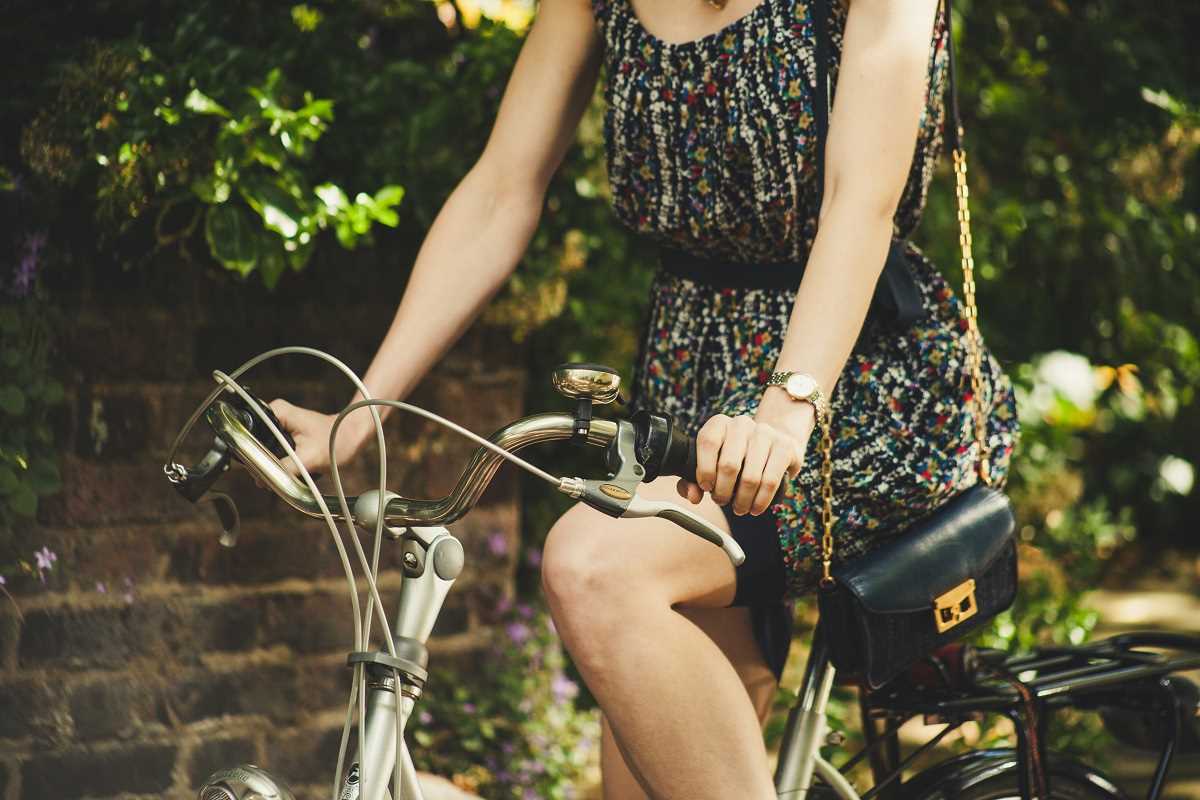 (Image via
(Image via